Clínica Boj » Caries treatment » Hypoplasia & hypomineralization
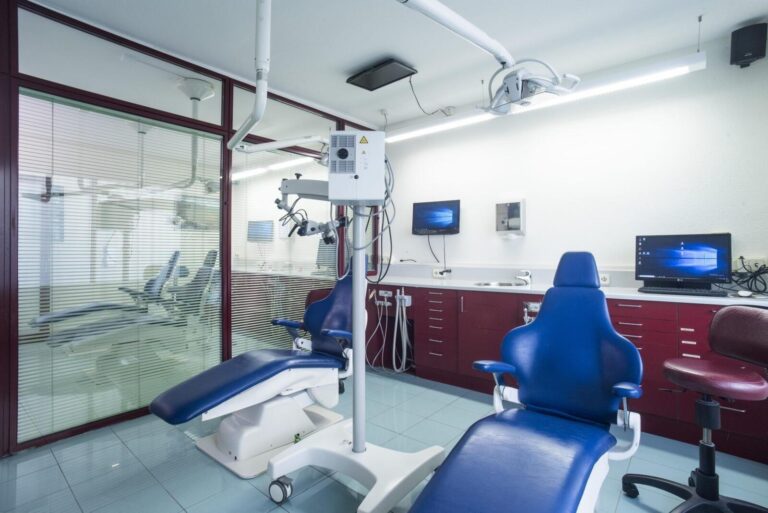
Dental hypoplasia and hypomineralization are increasingly common conditions in both, milk and permanent teeth. On one hand, dental hypoplasia is defined as an alteration of the quantity of dental enamel and minerals that form the tooth. The process since its development from the matrix is altered.
In case of hypoplasia, the dental enamel may not be present in some areas, or, in other cases, the enamel shows deep graves or horizontal lines on the tooth surface. The enamel hypoplasia in children, teenagers or young adults is an alteration that is produced during tooth development and, more specifically, during the process of enamel formation.
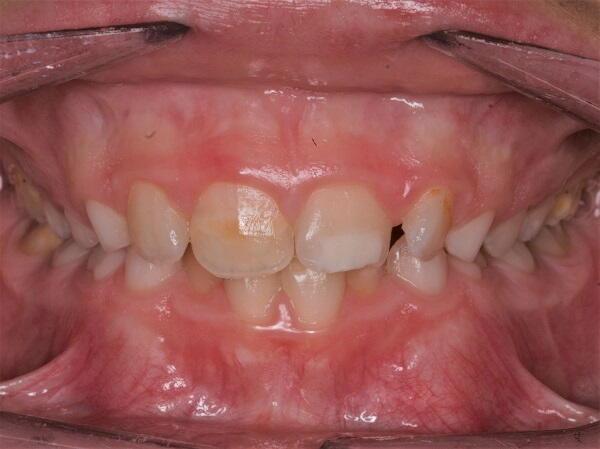
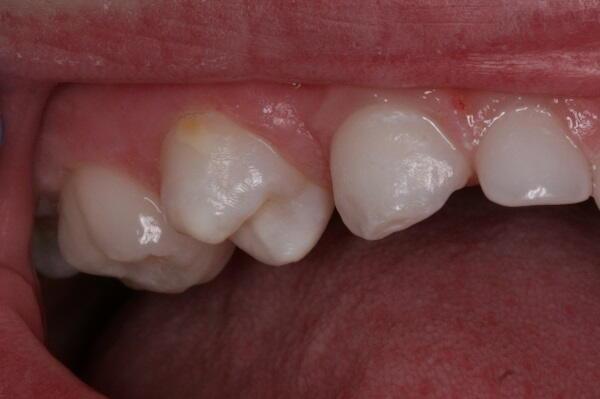
On the other hand, hypomineralization is a qualitative defect of the enamel presenting normal thickness but with its quality being altered. The tooth shows yellow, brown, beige or white opacity marks although the surface of the enamel is smooth. The etiology of hypomineralization has been attributed to:
a) local factors such as traumas or caries in primary teeth if alterations are only located in a specific area, or
b) a systemic problem if the distribution is generalized among all teeth.
Presently, we frequently find in our paediatric and juvenile dental clinic children or teenagers with molar-incisor hypomineralization (MIH) of systemic origin with unknown etiology. This, results in a qualitative defect of the dental enamel of permanent incisors and molars.
Many reasons exist that can cause a tooth to have a minor quantity of dental enamel, such as dental hypoplasia, as the type of structure is already missing in some areas when teeth erupt. Also, the mineralization defects or the enamel quality cause fragility on teeth and, therefore, these are exposed to possible fractures of their structure. Other external factors can also cause the loss of dental enamel: i.e. traumas, caries lesions, erosions caused by some types of food or acid drinks, malocclusions or oral habits such as teeth with overnight bruxism. To prevent this loss of enamel structure, it is fundamental to visit at an early stage the paediatric or juvenile dentist.
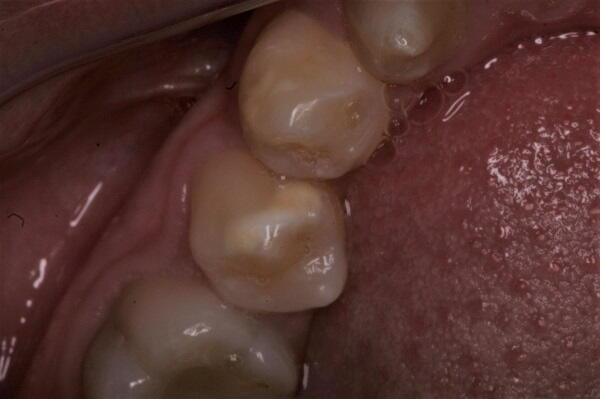
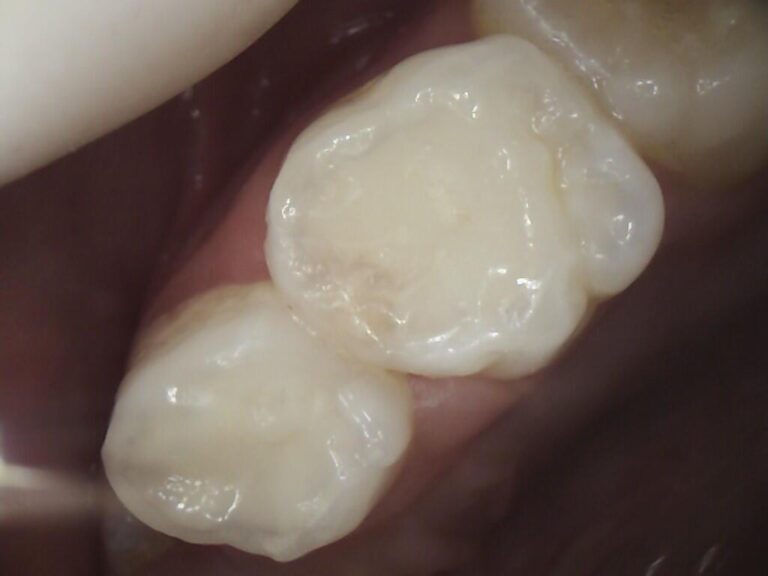
Once lost, dental enamel cannot be recovered, as techniques or products to recover dental enamel do not exist yet. Nevertheless, nowadays we can use highly esthetic and resistant materials to replace lost enamel and treat dental hypoplasia. This will help us to rehabilitate teeth with esthetic techniques with resins, as well as with complete or partial ceramic restorations. Frequently, the restoration of a paediatric or juvenile dentist makes it very difficult for a human eye to distinguish if a tooth had a previous problem or not. The esthetic quality of these restorations is state of the art.

We use technologies like cookies to store and/or access device information. We do this to improve browsing experience and to show (non-) personalized ads. Consenting to these technologies will allow us to process data such as browsing behavior or unique IDs on this site. Not consenting or withdrawing consent, may adversely affect certain features and functions.